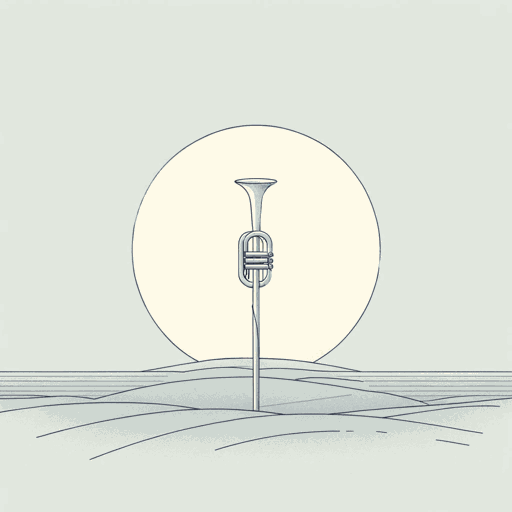16 pages • 32 minutes read
Wilfred OwenGreater Love
Fiction | Poem | Adult | Published in 1918A modern alternative to SparkNotes and CliffsNotes, SuperSummary offers high-quality Study Guides with detailed chapter summaries and analysis of major themes, characters, and more.
Further Reading & Resources
Related Poems
“Dulce et Decorum Est” by Wilfred Owen (1920)
Perhaps the most famous of all of Owen’s poems—and one of the most powerful poems of World War I—this searing indictment of jingoism takes a famous pro-war statement of the Roman poet Horace (“It is sweet and fitting to die for one’s country”) and instead presents it as a cruel lie that leads to the waste of youthful idealism and potential. Like “Greater Love”, it was published posthumously in 1920.
“Futility” by Wilfred Owen (1920)
Another poem from the posthumous 1920 collection Poems, "Futility" forms an excellent thematic trio alongside “Greater Love” and “Dulce et Decorum Est.” In this poem, Owen works with another contrast, pairing the warmth of the sun, a reassuring symbol of daytime and peace, with a young soldier’s dead body, which remains indifferent to the sun’s rays. As with “Greater Love” and “Dulce et Decorum Est,” this poem reflects Owen’s deep moral outrage at the mass loss of life caused by World War I.
“Attack” by Siegfried Sassoon (1918)
A poem by Owen’s friend and contemporary in both poetry and arms, “Attack” describes the horrors of trench warfare, revealing the poet’s despair at the violence and destruction he witnessed on the battlefield.
Related Titles
By Wilfred Owen
Featured Collections
Books that Feature the Theme of...
View Collection
British Literature
View Collection
European History
View Collection
Memorial Day Reads
View Collection
Military Reads
View Collection
Modernist Poetry
View Collection
Mortality & Death
View Collection
Sexual Harassment & Violence
View Collection
Short Poems
View Collection
The Lost Generation
View Collection
Truth & Lies
View Collection
Valentine's Day Reads: The Theme of Love
View Collection
War
View Collection



